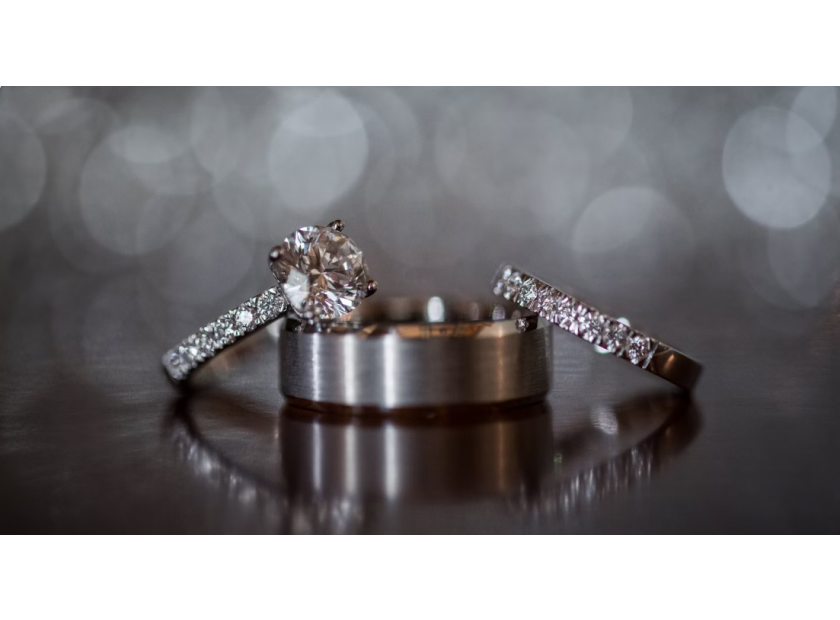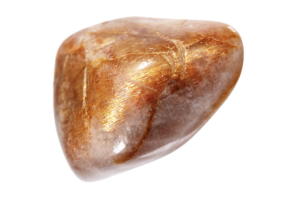USD
/
USD
/
Shipping to:
Currency:
Lab-grown diamonds are gaining ground in the jewelry world, bringing with them a refreshing shift in how we view luxury and beauty. These diamonds are not just an alternative to mined diamonds; they represent a new era of ethical and affordable fine jewelry that resonates with today’s environmentally and socially conscious consumers.
Let’s dive into the world of lab-grown diamonds, exploring why they’re making waves and why they might be the perfect choice for your next jewelry purchase.
What Are Lab-Grown Diamonds?
Lab-grown diamonds are diamonds created in a lab setting, yet they’re chemically, physically, and optically identical to natural diamonds. Unlike diamond simulants such as cubic zirconia or moissanite, lab-grown diamonds have the same carbon crystal structure as mined diamonds, giving them the same stunning sparkle and durability. For a variety of options, check out lab-grown diamonds to find the perfect one for your jewelry.
With cutting-edge technology replicating the natural conditions under which diamonds form, lab-grown diamonds are a high-tech marvel and a true gem in every sense.
The Rise of Lab-Grown Diamonds in the Jewelry Industry
The demand for lab-grown diamonds is skyrocketing, with more jewelry brands and consumers embracing them than ever before. The rise in popularity can be attributed to their ethical and environmental benefits, along with their affordability. As consumers increasingly seek out sustainable options, lab-grown diamonds are a natural fit for those who want the beauty of a diamond without the environmental and ethical concerns associated with traditional mining.
How Lab-Grown Diamonds Are Made
Lab-grown diamonds are created through two main processes: High Pressure High Temperature (HPHT) and Chemical Vapor Deposition (CVD). Both methods simulate the natural environment in which diamonds form, but they accomplish it in significantly less time.
High Pressure High Temperature (HPHT)
This process mimics the intense heat and pressure found in the Earth’s mantle. Carbon is placed in a high-pressure chamber and subjected to extreme temperatures, causing it to crystallize into a diamond.
Chemical Vapor Deposition (CVD)
The CVD method involves placing a carbon-rich gas in a low-pressure chamber, where it bonds to a diamond seed and gradually builds up into a crystal. This process allows for greater control over the diamond’s properties, making it popular for high-quality gemstone creation.
Quality and Grading of Lab-Grown Diamonds
Just like mined diamonds, lab-grown diamonds are evaluated according to the 4Cs: cut, color, clarity, and carat weight. Reputable certification bodies such as the Gemological Institute of America (GIA) and the International Gemological Institute (IGI) grade lab-grown diamonds, providing assurance of quality and value.
For those interested in particular cuts, you can explore round lab-grown diamonds, cushion lab-grown diamonds, and princess lab-grown diamonds for the most stunning shapes and certified quality.
Why Lab-Grown Diamonds Are Transforming the Fine Jewelry Market
Sustainability and Ethical Considerations
Mined diamonds can have significant environmental and ethical costs, from the impact of large-scale mining operations to labor concerns. Lab-grown diamonds provide a more sustainable choice, reducing the need for mining and ensuring a conflict-free origin. For those who value ethical consumerism, lab-grown diamonds offer a beautiful way to wear their values.
Affordability and Accessibility of Fine Jewelry
Lab-grown diamonds typically cost around 20-40% less than mined diamonds of comparable quality. This affordability means that consumers can choose larger, higher-quality stones for their budget, making luxurious jewelry more accessible.
For unique and affordable options, fancy-colored lab-grown diamonds offer something special that doesn’t compromise on ethical standards.
Innovative Designs and Customization
Because they’re more affordable, lab-grown diamonds open up possibilities for creative, customizable jewelry designs. Many jewelers now offer a wide range of options for settings, cuts, and styles featuring lab-grown stones, allowing consumers to tailor their jewelry to their unique tastes.
For a more contemporary or distinct design, consider styles like emerald lab-grown diamonds or pear lab-grown diamonds to add a unique touch.
Debunking Myths about Lab-Grown Diamonds
Lab-Grown Diamonds Are Not Fake
Lab-grown diamonds are real diamonds in every sense of the word. They have the same sparkle, structure, and strength as mined diamonds, making them just as suitable for engagement rings and heirloom jewelry.
Lab-Grown Diamonds Hold Their Value
While the resale market for lab-grown diamonds is still evolving, their value is not merely a fleeting trend. As more consumers and jewelers embrace lab-grown options, their value is gaining recognition. This shift reflects the changing priorities in the diamond industry toward sustainability and ethical practices.
They’re Not Just for Engagement Rings
While lab-grown diamonds are popular for engagement rings, they’re also widely used in other types of fine jewelry, including earrings, bracelets, and necklaces. Their versatility and affordability make them an ideal choice for all occasions.
Comparing the Benefits of Lab-Grown Diamonds vs. Natural Diamonds
Cost Comparison
Lab-grown diamonds are more budget-friendly, generally costing significantly less than their mined counterparts. This cost advantage allows buyers to invest in a larger or higher-quality stone for the same price.
For those interested in maximizing size and quality, check out options like radiant lab-grown diamonds for striking looks within budget.
Availability of Larger and Higher-Quality Stones
With lab-grown diamonds, size and quality upgrades become more accessible. Because they are lab-created, consumers can choose stones that might otherwise be out of reach if mined.
Eco-Friendly and Conflict-Free Attributes
One of the most significant benefits of lab-grown diamonds is their minimal environmental impact and conflict-free origins. For many buyers, these ethical advantages add meaningful value to their purchase.
Lab-Grown Diamonds and the Future of Fine Jewelry
The Role of Lab-Grown Diamonds in Ethical Consumerism
As consumers become more mindful of the environmental and ethical impacts of their purchases, lab-grown diamonds offer a responsible alternative that aligns with these values.
Increasing Acceptance by Major Jewelry Brands and Retailers
From luxury brands to independent jewelers, lab-grown diamonds are gaining widespread acceptance. This endorsement from leading jewelry brands is helping to establish lab-grown diamonds as a lasting trend, not just a passing fad.
Future Trends in Lab-Grown Diamond Jewelry
Looking ahead, lab-grown diamonds are expected to become even more prevalent in all types of jewelry. As the market continues to grow, we may see more innovations in design and production, making fine jewelry even more accessible and sustainable.
How to Choose Lab-Grown Diamond Jewelry
Understanding Quality and Certification
Certification from reputable institutions like IGI or GIA is crucial for lab-grown diamonds, as it provides assurance of the diamond’s quality and value.
Setting a Budget for Lab-Grown Diamonds
Decide on a budget that allows you to maximize both quality and size. Because lab-grown diamonds are more affordable, you can often find high-quality stones that would be costly if mined.
Consider exploring marquise lab-grown diamonds if you’re looking for a beautiful, unique cut that maximizes size within budget.
Finding Trusted Jewelers for Lab-Grown Diamonds
Choosing a reputable jeweler who specializes in lab-grown diamonds ensures you’re getting a quality product with excellent customer service. Look for jewelers with positive reviews and transparent policies about their diamonds.
FAQs on Lab-Grown Diamonds in Fine Jewelry
Are Lab-Grown Diamonds Cheaper Than Mined Diamonds?
Yes, lab-grown diamonds are generally 20-40% less expensive than mined diamonds of similar quality. This affordability allows buyers to purchase larger or higher-quality stones within their budget.
Do Lab-Grown Diamonds Sparkle as Much as Natural Diamonds?
Absolutely. Lab-grown diamonds have the same brilliance and fire as natural diamonds, as they are chemically identical.
Are Lab-Grown Diamonds Considered Ethical?
Yes, lab-grown diamonds are a more ethical choice, as they are created without the environmental and social impacts associated with mining.
Can Lab-Grown Diamonds Be Used in Heirloom Jewelry?
Yes, lab-grown diamonds are durable and timeless, making them suitable for all types of jewelry, including heirloom pieces.
What Should I Look for in a Lab-Grown Diamond Certification?
Look for certifications from reputable labs like GIA or IGI, which grade lab-grown diamonds according to the same standards used for mined diamonds. This certification assures quality and provides peace of mind.








